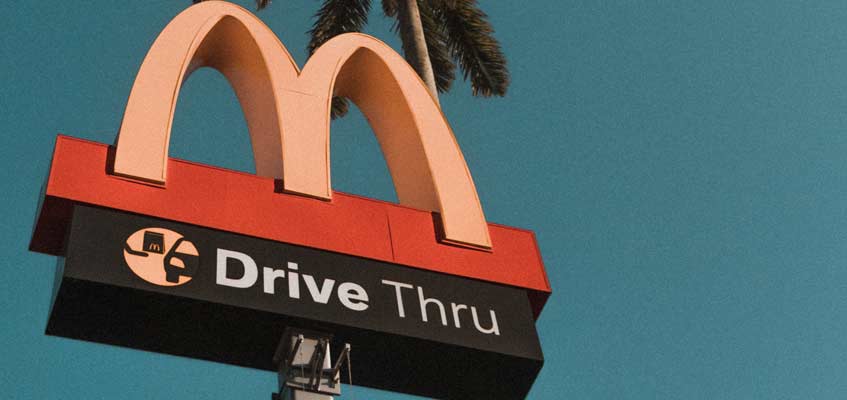Ed Rensi, the current chairman of FAT Brands, speaks about his experience with co-branding, including failures as well as successes. Ed is the former CEO and President for McDonald’s, the most widely recognized fast food restaurant in America. For a glimpse into Ed’s stunning successes, we need only look at the McFlurry – a product line that implemented the co-branding strategy.
The McFlurry
Originally conceived to supplement the late afternoon business hours (snack day-part), this delicious soft-serve ice cream treat was a page out of Dairy Queen’s playbook. The blizzard had become a cultural phenomenon; it was simply a cheap dairy treat with candy or cookies mixed in. It was simple to make, and a sheer pleasure to consume. The product was massively successful, and Ed is still known for it to this day.
While the two brands weren’t officially brought together, the ideas from one certainly helped to garnish success in the other.
Day-Part Branding and Co-Branding According to Ed
According to Ed, the most important concept in a successful day-part is the seamless integration of convenience, ubiquity, and affordability. To have reliable sales throughout the day, a company must have products that can be consumed on-the-go, a brand that is nearly omnipresent, and value from every customer’s point of view. As Ed states, “if you can’t have full integration, then it should be no integration.”
Convenience
While McDonald’s offers a dining area for eat-in guests, everyone knows that the majority of the Golden Arch’s sales are made at the drive-through window. This alone speaks to the unmatched ability of this company to produce and package convenience in food form. For example, McDonald’s still has salads, but they don’t sell well at the drive-through.
Ubiquity
There is little stopping us from saying that McDonald’s is a universal symbol of fast food. This chain has restaurants all around the world, setting the standards for convenience everywhere. Few people haven’t heard of or seen the Golden Arches; this is the definition of an omnipresent brand – one that needs very little advertising because it has become a legend in and of itself.
Affordability
According to Ed, one of the key factors in McDonald’s groundbreaking success was the value that its menu offered. From combo meals to kid’s meals, this restaurant was a great choice for any family who needed a quick, inexpensive bite that satisfied everyone.
Understand Your Limitations
As a company, define your core competencies; identify what you do well, and be humble about that which you cannot. Just because your chefs can create a delicious, earth-shattering pizza, doesn’t mean your customers will embrace the new product. In the case of McDonald’s attempt at McPizza, the new product didn’t make sense to the core customer base.
Select Successful Co-Brands
Ed Rensi’s shared knowledge is imperative when considering complementary brands with other companies as well. Take a look at the top-selling products and consider how well they would fit into your brand’s core competencies. Customers will not be shy about letting you know when things do not match what they have come to know and love. Simply remember to seamlessly match your brands and your customers will be impressed!
I hope you enjoyed this look into Ed Rensi’s ideas on co-branding. To learn more about how to implement co-branding, visit our Ultimate Guide to Complementary Branding or give me a call.

